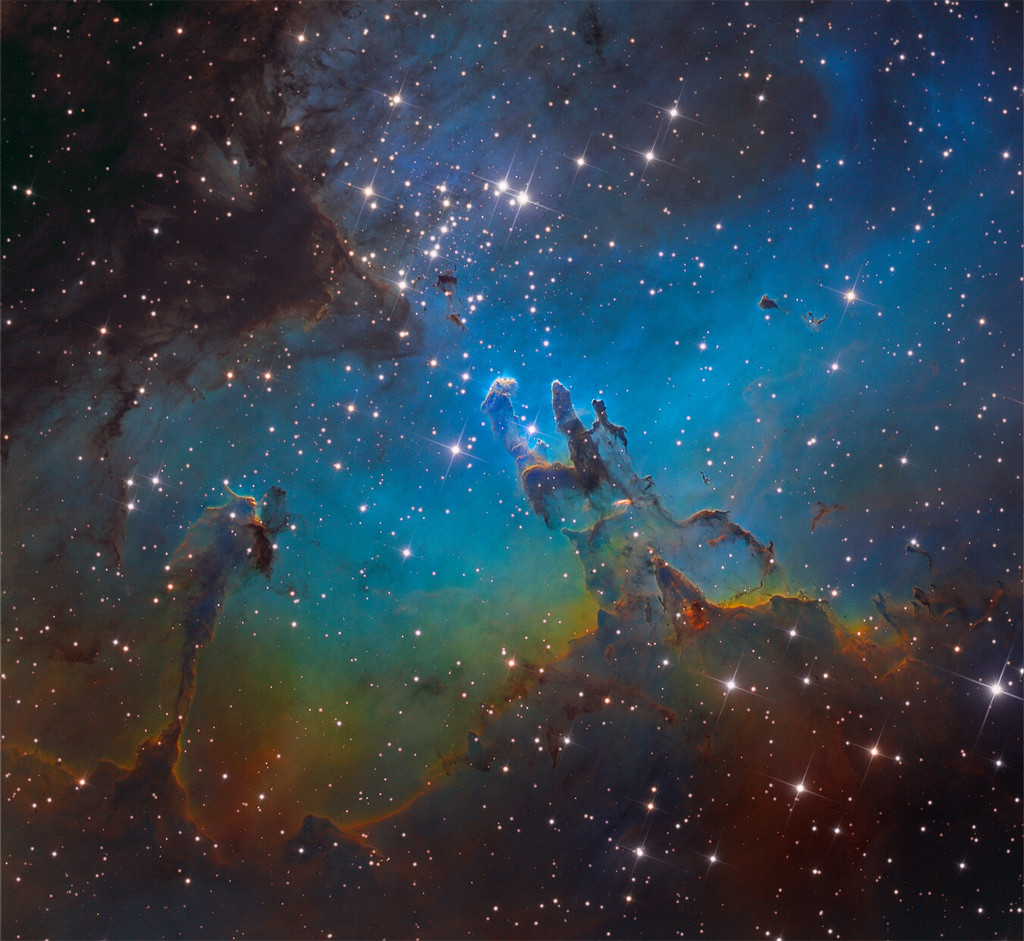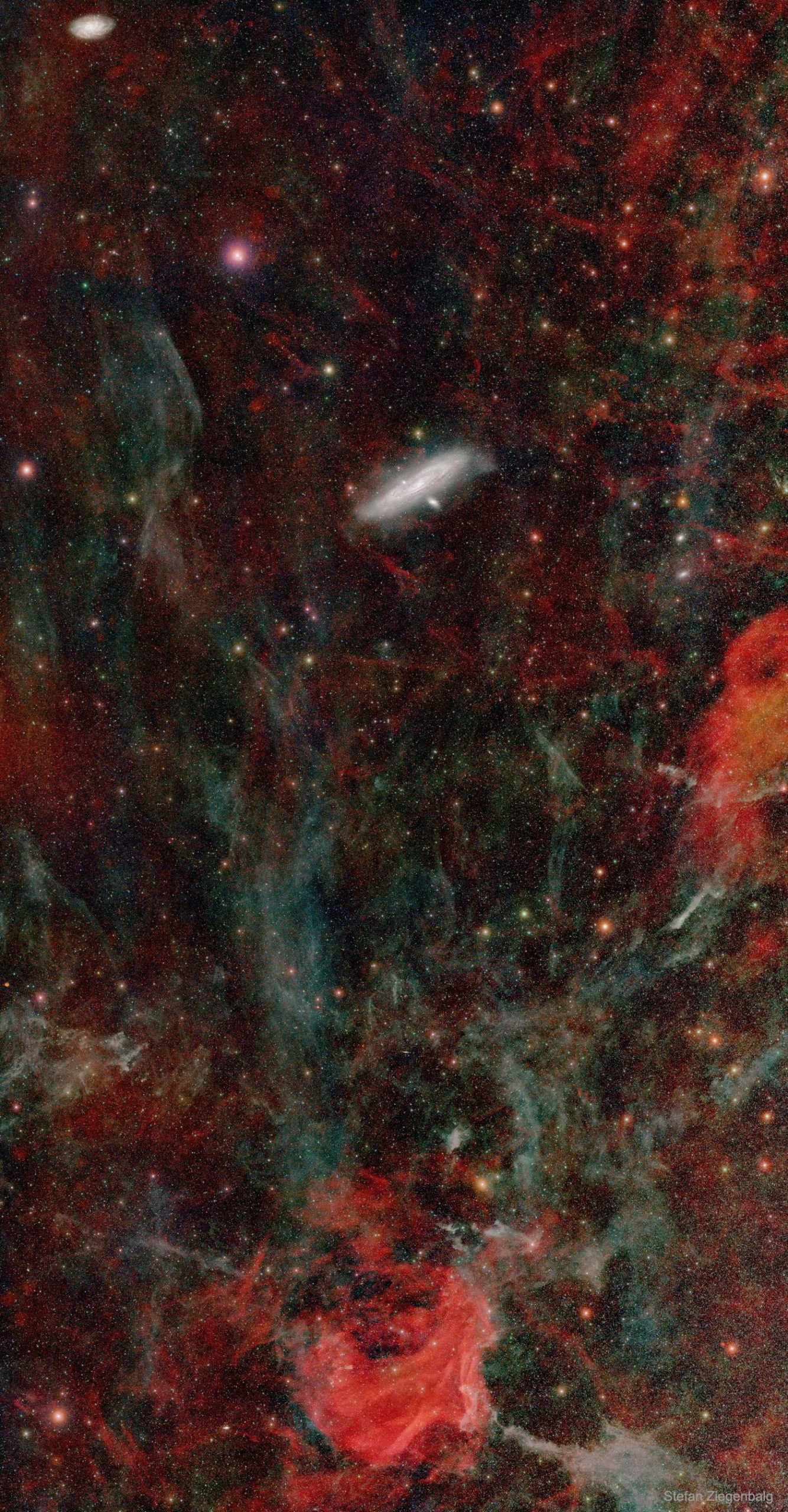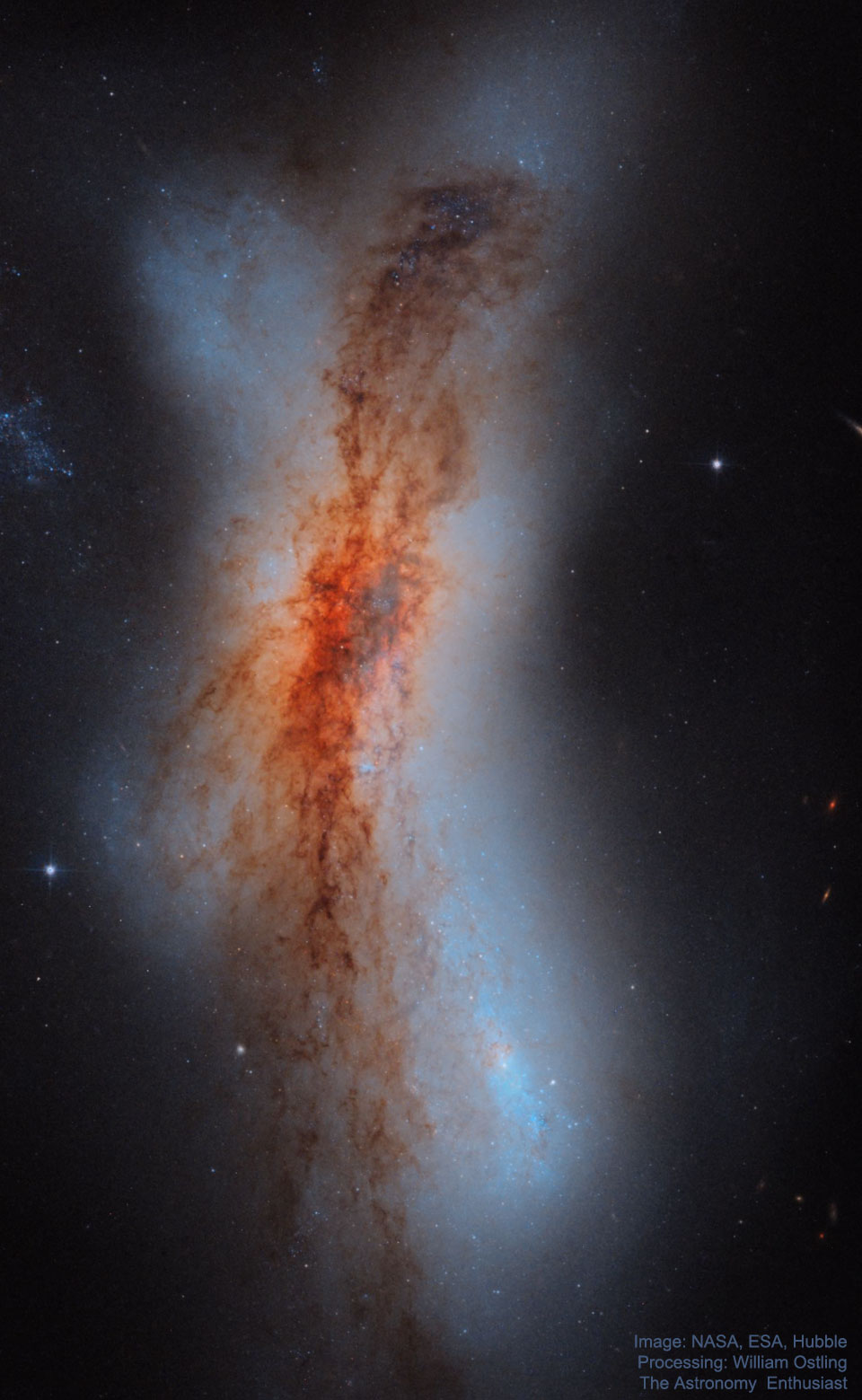Blog
William B. Lawsha, better known as Prince Lasha (/ləˈʃeɪ/), (September 10, 1929 – December 12, 2008)[1] was an American jazz alto saxophonist, flautist, and clarinetist.
He was born in Fort Worth, Texas, where he came of age studying and performing alongside fellow I.M. Terrell High School students John Carter, Ornette Coleman, King Curtis, Charles Moffett, and Dewey Redman.
Lasha moved to California during the 1950s. In the 1960s, he was active in the burgeoning free jazz movement, of which his Fort Worth cohort Ornette Coleman was a pioneer. Lasha recorded with Eric Dolphy (Iron Man and Conversations, both in 1963) and the Elvin Jones/Jimmy Garrison Sextet featuring McCoy Tyner (Illumination!, also in 1963).
more...Roy James Brown (September 10, 1920 or 1925 – May 25, 1981 Kinder, LA) was an American R&B singer, songwriter and musician, who had a significant influence on the early development of rock and roll and the direction of R&B. His original song and hit recording “Good Rockin’ Tonight” has been covered by many artists including Wynonie Harris, Elvis Presley, Bruce Springsteen, Paul McCartney, Joe Ely, Ricky Nelson, Jerry Lee Lewis, Pat Boone, James Brown, the Doors, and the rock group Montrose. Brown was one of the first popular R&B singers to perform songs with a gospel-steeped delivery, which was then considered taboo by many churches. In addition, his melismatic, pleading vocal style influenced notable artists such as B.B. King, Bobby Bland, Elvis Presley, Jackie Wilson, James Brown and Little Richard.
more...In flamenco a tango (Spanish pronunciation: [ˈtaŋɡo]) is one of the flamenco palos closely related in form and feeling to the rumba flamenca. It is often performed as a finale to a flamenco tiento. Its compás and llamada are the same as that of the farruca and share the farruca’s lively nature. However, the tango is normally performed in the A Phrygian mode. In some English sources the flamenco tango is written with an -s; “the tangos is…”
The flamenco tango is distinct from the flamenco rumba primarily through the guitar playing. In Rumba the guitar flows more freely, whereas in Tangos the accents on beats 2, 3 & 4 are marked clearly with heavy strumming.
Tangos is only vaguely related to Argentine tango, and objectively they only share compás binario or double stroke rhythm. The fact that Argentine tango is one of the first couple dances in America has led historians to believe that both could be based in a minuet-style European dance, therefore sharing a common ancestor, while those who compare the present day forms do not see them as related.
more...A star cluster around 2 million years young surrounded by natal clouds of dust and glowing gas, M16 is also known as The Eagle Nebula. This beautifully detailed image of the region adopts the colorful Hubble palette and includes cosmic sculptures made famous in Hubble Space Telescope close-ups of the starforming complex. Described as elephant trunks or Pillars of Creation, dense, dusty columns rising near the center are light-years in length but are gravitationally contracting to form stars. Energetic radiation from the cluster stars erodes material near the tips, eventually exposing the embedded new stars. Extending from the ridge of bright emission left of center is another dusty starforming column known as the Fairy of Eagle Nebula. M16 lies about 7,000 light-years away, an easy target for binoculars or small telescopes in a nebula rich part of the sky toward the split constellation Serpens Cauda (the tail of the snake).

David Sánchez (born 9 September 1968 in Guaynabo, Puerto Rico) is a Grammy-winning jazz tenor saxophonist from Puerto Rico.
Sanchez took up the conga when he was eight and started playing tenor saxophone at age 12. His earliest influences were Afro-Caribbean and danzabut also European and Latin classical. At 12 Sanchez attended La Escuela Libre de Musica, which emphasized formal musical studies and classical European styles and was much taken with a Miles Davis album, Basic Miles, featuring John Coltrane, as well as Lady in Satin, a 1958 album by Billie Holiday with strings, arranged and conducted by Ray Ellis. Sanchez considered a college career in psychology but auditioned at Berklee and Rutgers University. Sanchez chose Rutgers because he got a better scholarship and was near New York which was Sanchez’ goal. While at Rutgers, Sanchez studied with Kenny Barron, Ted Dunbar, and John Purcell.
more...Otis Ray Redding Jr. (September 9, 1941 – December 10, 1967 Dawson, GA) was an American singer and songwriter. He is considered one of the greatest singers in the history of American popular music and a seminal artist in soul music and rhythm and blues. Redding’s style of singing gained inspiration from the gospel music that preceded the genre. His singing style influenced many other soul artists of the 1960s.
Redding was born in Dawson, Georgia, and at age two, moved to Macon, Georgia. Redding quit school at age 15 to support his family, working with Little Richard‘s backing band, the Upsetters, and by performing in talent shows at the historic Douglass Theatre in Macon. In 1958, he joined Johnny Jenkins‘s band, the Pinetoppers, with whom he toured the Southern states as a singer and driver. An unscheduled appearance on a Stax recording session led to a contract and his first single, “These Arms of Mine“, in 1962.
Stax released Redding’s debut album, Pain in My Heart, two years later. Initially popular mainly with African-Americans, Redding later reached a wider American pop music audience. Along with his group, he first played small shows in the American South. Redding later performed at the popular Los Angeles night club Whisky a Go Go and toured Europe, performing in London, Paris and other major cities. He also performed at the Monterey Pop Festival in 1967.
Shortly before his death in a plane crash, Redding wrote and recorded his iconic “(Sittin’ On) The Dock of the Bay” with Steve Cropper. The song became the first posthumous number-one record on both the Billboard Hot 100 and R&B charts. The album The Dock of the Bay was the first posthumous album to reach number one on the UK Albums Chart. Redding’s premature death devastated Stax. Already on the verge of bankruptcy, the label soon discovered that the Atco division of Atlantic Records owned the rights to his entire song catalog.
Redding received many posthumous accolades, including two Grammy Awards, the Grammy Lifetime Achievement Award and induction into the Rock and Roll Hall of Fame, the Black Music & Entertainment Walk of Fame. and the Songwriters Hall of Fame. In addition to “(Sittin’ On) The Dock of the Bay,” “Respect” and “Try a Little Tenderness” are among his best-known songs.
more...Elvin Ray Jones (September 9, 1927 – May 18, 2004) was an American jazz drummer of the post-bop era.[1] He showed an interest in drums at a young age, watching the circus bands march by his family’s home in Pontiac, Michigan. He served in the United States Army from 1946 to 1949 and subsequently played in a Detroit house band led by Billy Mitchell. He moved to New York City in 1955 and worked as a drummer for John Coltrane, Charles Mingus, Teddy Charles, Bud Powell and Miles Davis.
From 1960 to 1966, he was a member of the John Coltrane quartet (along with Jimmy Garrison on bass and McCoy Tyner on piano), a celebrated recording phase, appearing on such albums as My Favorite Things, A Love Supreme, Ascension, and Live at Birdland. Following his work with Coltrane, Jones led several small groups, some under the name The Elvin Jones Jazz Machine. His brothers Hank Jones and Thad Jones were also jazz musicians with whom he recorded. He was inducted into the Modern Drummer Hall of Fame in 1995.
Elvin Jones was born in Pontiac, Michigan, United States, to parents Henry and Olivia Jones, who had moved to Michigan from Vicksburg, Mississippi. His two elder brothers, Hank Jones and Thad Jones, both became jazz musicians respectively on piano and trumpet. By age two, he said he knew he held a fascination for drums. He would watch the circus marching band parades go by his home as a boy, particularly fascinated by the drummers.
more...Rhythm Roots Workshop will continue to delve into world rhythms arming soldiers with historic roots culture and celebrating diversity through music. Wednesday September 8th 2021 10am-noon. 7th in a series of 9. Working with the Memory Loss unit.

Out in space, Andromeda (M31) is closely surrounded by several small satellite galaxies, and further out it is part of the Local Group of Galaxies — of which our Milky Way galaxy is also a member. On the sky, however, gas clouds local to our Milky Way appear to surround M31 — not unlike how water clouds in Earth’s atmosphere may appear to encompass our Moon. The gas clouds toward Andromeda, however, are usually too faint to see. Enter the featured 45-degree long image — one of the deeper images yet taken of the broader Andromeda region. This image, sensitive to light specifically emitted by hydrogen gas, shows these faint and unfamiliar clouds in tremendous detail. But the image captures more. At the image top is the Triangulum galaxy (M33), the third largest galaxy in the Local Group and the furthest object that can be seen with the unaided eye. Below M33 is the bright Milky-Way star Mirach. The image is the digital accumulation of several long exposures taken from 2018 to 2021 from Pulsnitz, Germany.

Ronald Charles McKernan (September 8, 1945 – March 8, 1973), known as Pigpen, was an American singer and musician. He was a founding member of the San Francisco band the Grateful Dead and played in the group from 1965 to 1972.
McKernan grew up heavily influenced by African-American music, particularly the blues, and enjoyed listening to his father’s collection of records and taught himself how to play harmonica and piano. He began socializing around the San Francisco Bay Area, becoming friends with Jerry Garcia. After the pair had played in various folk and jug bands, McKernan suggested they form an electric group, which became the Grateful Dead. He was the band’s original frontman as well as playing harmonica and electric organ, but Garcia and bassist Phil Lesh‘s influences on the band became increasingly stronger as they embraced psychedelic rock. McKernan struggled to keep up with the changing music, causing the group to hire keyboardist Tom Constanten, with McKernan’s contributions essentially limited to vocals, harmonica, and percussion from November 1968 to January 1970. He continued to be a frontman in concert for some numbers, including his interpretations of Bobby Bland‘s “Turn On Your Love Light” and the Rascals‘ “Good Lovin’“.
Unlike the other members of the Grateful Dead, McKernan avoided psychedelic drugs, preferring to drink alcohol (namely whiskey and flavored fortified wine). By 1971, his health had been affected by alcoholism and liver damage and doctors advised him to stop touring. Following a hiatus, he resumed touring with the group in December 1971 but was forced to retire from touring altogether in June 1972. McKernan was found dead of a gastrointestinal hemorrhage on March 8, 1973, aged 27, and is buried at Alta Mesa Memorial Park in Palo Alto.
more...Charles “Specs” Wright (September 8, 1927 – February 6, 1963) was an American jazz drummer born in Philadelphia.
Wright played drums in an Army band until his discharge in 1947. Following this he played in a group with Jimmy Heath and Howard McGhee. In 1949 he joined Dizzy Gillespie‘s band alongside John Coltrane, remaining until it disbanded in mid-1950. Later in 1950 he was a member of Gillespie’s sextet with Coltrane, Jimmy Heath, Percy Heath, and Milt Jackson. In the 1950s, Wright played with Earl Bostic, Kenny Drew, Cannonball Adderley, Art Blakey, and Carmen McRae, and gigged locally in Philadelphia. He was with Hank Mobley in 1958 with his septet alongside Billy Root, Curtis Fuller, Ray Bryant, Tommy Bryant, and Lee Morgan. Following this Wright played with Sonny Rollins, Betty Carter, Red Garland, Coleman Hawkins, and Lambert, Hendricks and Ross. He died in 1963. He was interred in Beverly National Cemetery in Beverly, New Jersey.
more...Marion Brown (September 8, 1931 – October 18, 2010) was an American jazz alto saxophonist, composer, writer, visual artist, and ethnomusicologist. He was a member of the avant-garde jazz scene in New York City during the 1960s, playing alongside musicians such as John Coltrane, Archie Shepp, and John Tchicai. He performed on Coltrane’s landmark 1965 album Ascension. AllMusic reviewer Scott Yanow described him as “one of the brightest and most lyrical voices of the 1960s avant-garde.”
Brown, the grandson of an escaped slave from Georgia’s Sea Islands, was born in Atlanta in 1931 and was raised by a single mother. He began studying the saxophone at an early age, inspired by Charlie Parker. He left high school in the 10th grade and joined the army. During his three-year enlistment, he played alto saxophone, clarinet, and baritone saxophone, and was stationed in Hokkaido for some time. In 1956, he returned to Atlanta and enrolled at Clark College, where he studied music, taking lessons from Wayman Carver. After graduating, he moved to Washington, DC, where he enrolled at Howard University‘s law school. During this time, he began listening to musicians such as John Coltrane, Ornette Coleman, and Archie Shepp, all of whom he would soon meet and come to know.
more...Harmonica Fats (born Harvey Blackston, September 8, 1927 – January 3, 2000) was an American blues harmonica player who was active in the 1950s through to the 1990s. Fats first achieved success with his cover version of the Hank Ballard song “Tore Up” in 1962, which established him as an in-demand session and touring musician. He is also remembered for his collaboration with blues guitarist Bernie Pearl, a partnership that resulted in four albums.
Born in McDade, Louisiana, a small community 40 miles from Shreveport, Blackston, the eldest of 13 children, was raised on a cotton farm by his grandparents. Blackston casually played harmonica since he was four years-old, and credited Sonny Terry as the foremost influence on his style of playing. Bored with the farming lifestyle, in 1946 Blackston relocated to Los Angeles where he lived with his father, and worked for a manufacturing company. After an automobile accident in 1954 temporarily left him jobless, Blackston began avidly practicing his harp skills; recalling how he knew “a guy by the name of Cleveland Weller that plays guitar and he invited me out to his house to play on a Saturday night with him. So I went out there. He gave me a mike and an amplifier and I started blowing through that mike and amplifier and I would hear all my mistakes, and so then I went down town next day bought me a amplifier and a mike and so I went and practised for four months”.
more...Wilbur Bernard Ware (September 8, 1923 – September 9, 1979) was an American jazz double bassist. He was a regular bassist for Riverside in the 1950s, and recorded with J.R. Monterose, Toots Thielemans, Tina Brooks, Zoot Sims, and Grant Green.
Ware taught himself to play banjo and bass. In the 1940s, he worked with Stuff Smith, Sonny Stitt, and Roy Eldridge. He recorded with Sun Ra in the early 1950s. Later in the 1950s, settling in New York City, Ware played with Eddie Vinson, Art Blakey, and Buddy DeFranco. His only album recorded as a leader during his lifetime was The Chicago Sound, from 1957 when he worked for Riverside. He made jazz instructional albums for Music Minus One. In 1958, Ware was one of 57 jazz musicians to appear in the photograph A Great Day in Harlem.
Ware was a member of the Thelonious Monk quartet from 1957 to 1958. He also performed with the Sonny Rollins Trio live at the Village Vanguard.
Narcotics addiction resulted in his return to Chicago in 1963 and a period of incarceration. He was inactive musically for about six years. In 1969, Ware played with Clifford Jordan, Elvin Jonesand Sonny Rollins. He died from emphysema in Philadelphia, Pennsylvania, in 1979.
more...The jumble of stars, gas, and dust that is NGC 520 is now thought to incorporate the remains of two separate disk galaxies. A defining component of NGC 520 — as seen in great detail in the featured image from the Hubble Space Telescope — is its band of intricately interlaced dust running vertically down the spine of the colliding galaxies. A similar looking collision might be expected in a few billion years when our disk Milky Way Galaxy to collides with our large-disk galactic neighbor Andromeda (M31). The collision that defines NGC 520 started about 300 million years ago. Also known as Arp 157, NGC 520 lies about 100 million light years distant, spans about 100 thousand light years, and can be seen with a small telescope toward the constellation of the Fish (Pisces). Although the speeds of stars in NGC 520 are fast, the distances are so vast that the battling pair will surely not change its shape noticeably during our lifetimes.

More Posts
- Kenny Drew Jr Day
- World Music with Antonio Reyes Montoya y Antonio Higuero Pazos
- Daily Roots with Cecile Campbell
- The Cosmos with Sh2-155
- “Doc” Cheatham Day
- Attila Zoller Day
- World Music with Román Diaz
- Daily Roots with Sidney, George And Jackie (The Pioneers)
- Positive Vibrations @ Ebenezers 101st Ice Cream Social 6-12-19
- The Cosmos with M96
- Chick Corea Day
- Marcus Belgrave Day
- World Fusion with Torgeir Vassvik
- Daily Roots with Bob Marley
- The Cosmos with Jupiter at Opposition
- Bernard Purdie Day
- Shelly Manne Day
- Clarence Pinetop Smith Day
- World Music with Toby Foyeh and his Orchestra
- Daily Roots with the Wailers